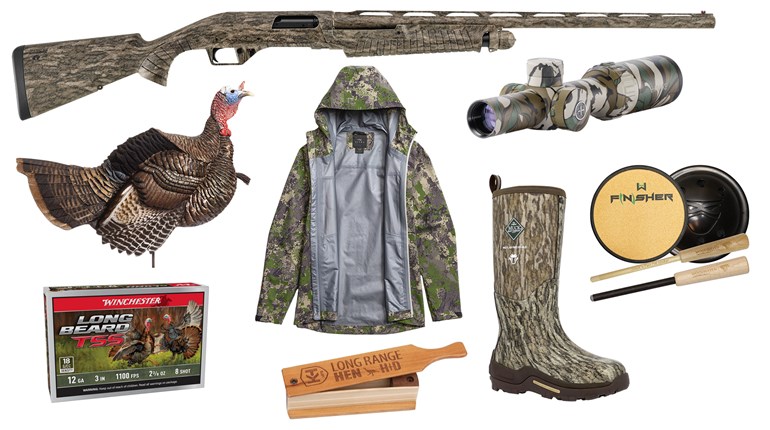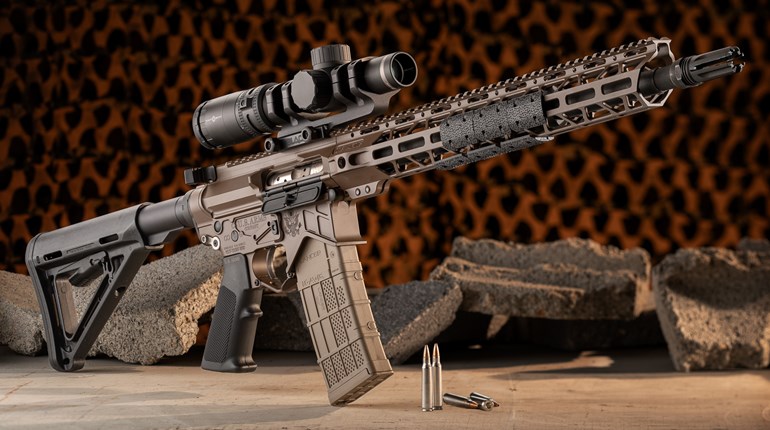
Sentry Products’ Tuf-Cloth offers a quick and easy lube solution to protecting your guns from the hazards of friction, rust and wear.
I would like some insight regarding proper lubrication of a pistol that I carry for self-defense, especially when it is paired with an inside-the-waistband (IWB) holster. The clerk at the gun shop told me I should carry it bone dry because lubricant attracts dirt, which will cause the gun to jam. The owner’s manual recommends the gun be lubricated to work properly. I clean the pistol every time I shoot it and feel that I should lubricate it as well, but I don’t want to increase the likelihood of a stoppage if I ever need to use it. Is it OK to use a little grease or oil on the pistol without risking the possibility of the gun not functioning when I might need it to work?
Mark Acker, Kansas City, KS
A book could be written about firearms lubrication with all of the facts and fiction concerning the subject. Everybody has an opinion, but what works is what counts. The following has worked for me over the years and will help you make an informed decision.
Although lubricants can provide other benefits, in your case the primary concerns are friction reduction and metal preservation. First, you need to identify the friction points in the gun, which are pretty easy to locate by the wear marks left on the barrel, slide and frame as well as any other parts that give that indication. These are the areas that require lubrication for friction reduction, therefore the ease of movement as the gun cycleswhen firing.
The controversy comes with how much lubrication should be applied to the affected areas. This question can be answered by how much ammunition you have available to you when carrying concealed. If the gun will consistently shoot the number of rounds that you have available to you on any given day without a failure, you have met the objective.
When using oil on a firearm, the basic tenet is if you can see and feel the difference between dry metal and lubricated metal friction surfaces, you have successfully met the goal. Always remember, a little goes a long way. If the lubricant moves under the force of gravity, wipe off the excess until the lubricant adheres to the affected surface without migrating elsewhere.
Some people prefer grease as a lubricant, which is fine if it is applied properly. Much like oil, too much is of no value and can actually be a detriment. When applying grease, rub it into the surfaces to be treated and wipe off any visible excess. Both oil and grease will degrade over time, meaning periodic reapplication would be a good idea. My general recommendation for doing this is either on a monthly basis or whenever the gun is shot, whichever comes first.
Another option is to use a dry lubricant as opposed to oil or grease. This eliminates the possibility of collecting dirt or contaminating holsters and clothing because it dries in place and cannot migrate. It is a little more difficult to apply, but by following the manufacturer’s instructions the benefits outweigh the trouble. When it comes to metal preservation in a concealed-carry application, any part of the gun that contains ferrous metal will oxidize, corrode or rust when exposed to moisture, perspiration or chemicals unfriendly to metallic objects.
The idea is to prevent metal degradation by providing a molecular barrier between the surface of the gun and the environment. An oily cloth will do it, but it also introduces a negative to the equation by leaving a dirt-attracting film that defeats the purpose. A cloth that leaves a dry barrier, such as the Sentry Products Tuf-Cloth, is a better choice to protect the metallic parts of a gun from rust, oxidation or corrosion.
Going lubrication-free as your gun shop advocate recommended will provide none of the aforementioned benefits. In fact, it does the opposite. By purposely avoiding lubrication on your concealed-carry handgun, you leave reliable function to chance at a time when you need it most.






































